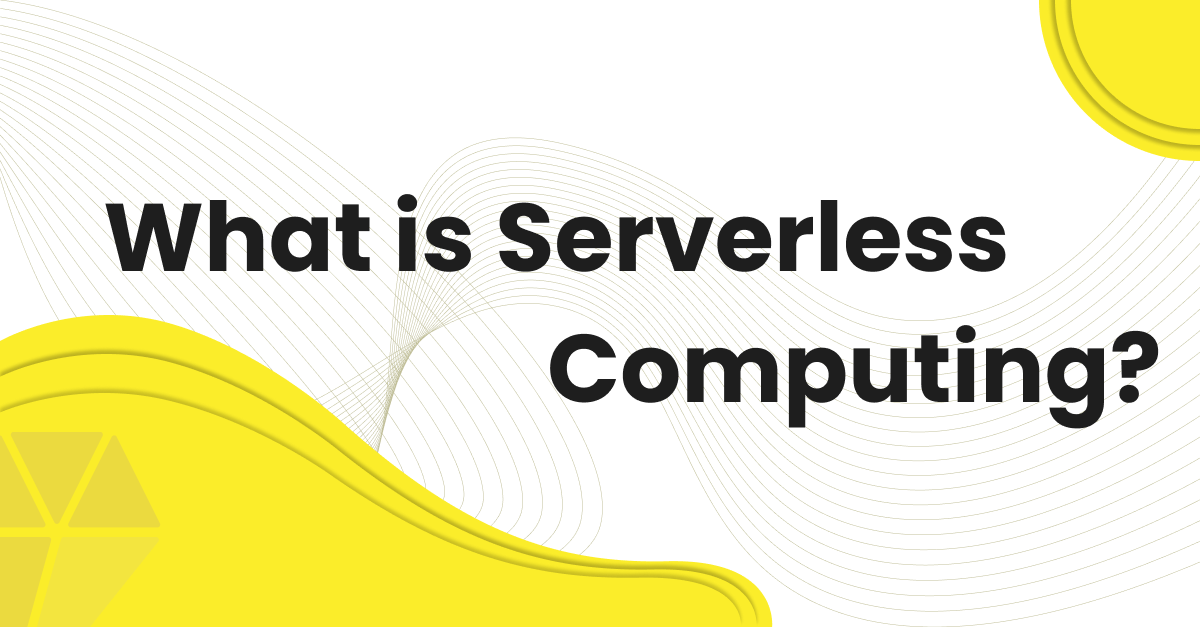Serverless computing, also known as Function-as-a-Service (FaaS), is a relatively new and emerging field of cloud computing that has attracted significant attention in recent years. The serverless computing model enables developers to write and deploy code without having to worry about managing the underlying infrastructure, which is managed by the cloud provider. This model is gaining popularity as it offers several benefits, including cost efficiency, scalability, and reduced operational complexity.
One of the key advantages of serverless computing is its cost efficiency. With serverless computing, developers only pay for the computing resources that are actually used, eliminating the need to provision and manage servers that are not being utilized. This means that organizations can save significant amounts of money on infrastructure costs, making serverless computing an attractive option for small and large organizations alike.
Another significant advantage of serverless computing is its scalability. With serverless computing, applications can automatically scale up or down based on demand, ensuring that there is always enough computing power available to handle the workload. This means that organizations can easily handle spikes in traffic without having to worry about provisioning additional resources, which can be a significant challenge with traditional server-based architectures.
Serverless computing also offers reduced operational complexity. Since the cloud provider manages the infrastructure, developers can focus solely on writing and deploying code, without worrying about managing the underlying infrastructure. This can save organizations significant amounts of time and resources, allowing them to focus on delivering high-quality applications to their customers.
However, there are also several challenges associated with serverless computing. Since the cloud provider manages the infrastructure, there may be limited control over the configuration and management of the underlying resources. Additionally, serverless computing may have longer cold start times compared to traditional server-based architectures, as the cloud provider has to allocate resources dynamically when a function is called for the first time. Finally, there may be security concerns related to the use of serverless computing, such as the risk of data leakage or unauthorized access to sensitive data.
Despite these challenges, serverless computing is becoming increasingly popular, with several cloud providers offering FaaS platforms, including Amazon Web Services (AWS), Google Cloud Functions, and Microsoft Azure Functions. As serverless computing continues to evolve and improve, it has the potential to revolutionize the way that applications are developed, deployed, and managed in the cloud.
One of the biggest advantages of serverless computing is its cost efficiency. With traditional server-based architectures, organizations have to provision and manage servers, even if they are not being used. This can lead to significant waste of resources and increased costs. With serverless computing, developers only pay for the computing resources that are actually used. This means that organizations can save significant amounts of money on infrastructure costs, making serverless computing an attractive option for small and large organizations alike.
Another significant advantage of serverless computing is its scalability. With traditional server-based architectures, scaling can be a significant challenge, particularly during peak traffic periods. With serverless computing, applications can automatically scale up or down based on demand, ensuring that there is always enough computing power available to handle the workload. This means that organizations can easily handle spikes in traffic without having to worry about provisioning additional resources.
Serverless computing also offers reduced operational complexity. Since the cloud provider manages the infrastructure, developers can focus solely on writing and deploying code, without worrying about managing the underlying infrastructure. This can save organizations significant amounts of time and resources, allowing them to focus on delivering high-quality applications to their customers.
However, there are also several challenges associated with serverless computing. Since the cloud provider manages the infrastructure, there may be limited control over the configuration and management of the underlying resources. Additionally, serverless computing may have longer cold start times compared to traditional server-based architectures, as the cloud provider has to allocate resources dynamically when a function is called for the first time.
